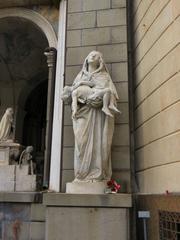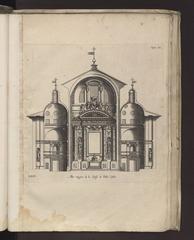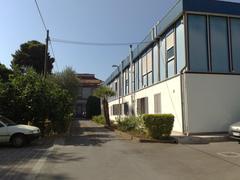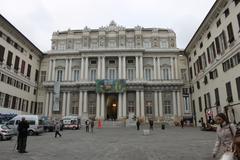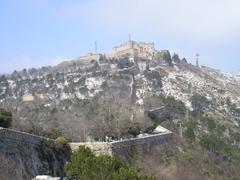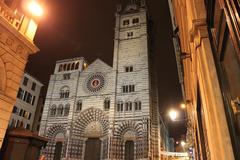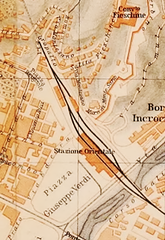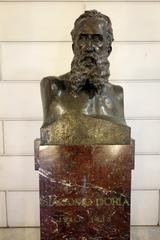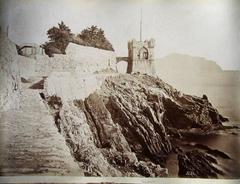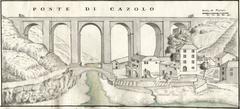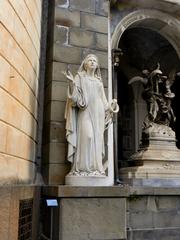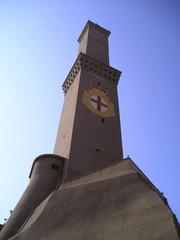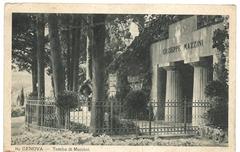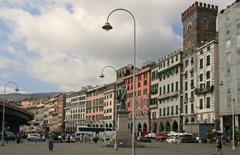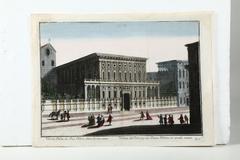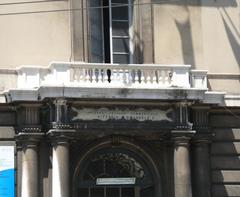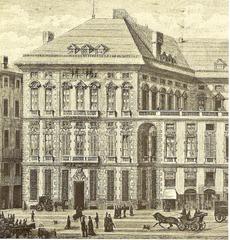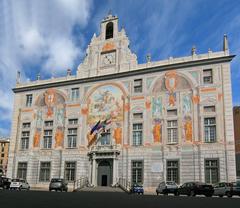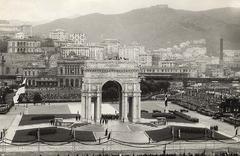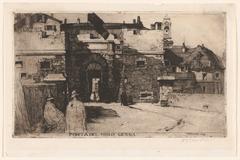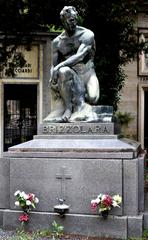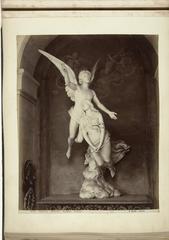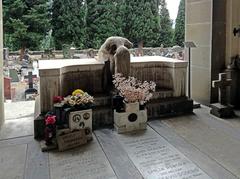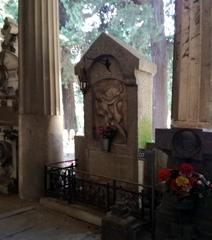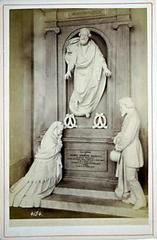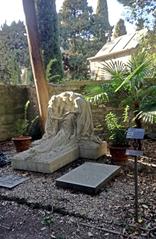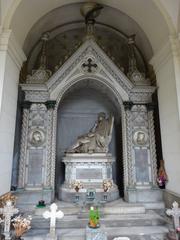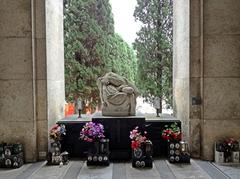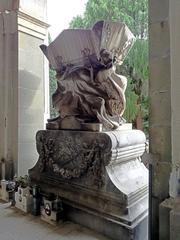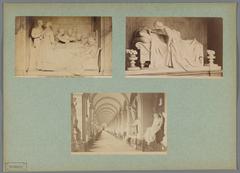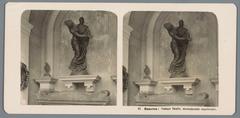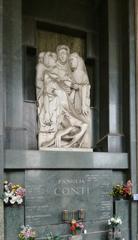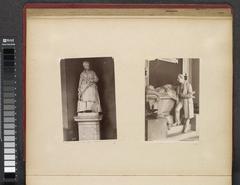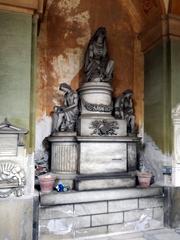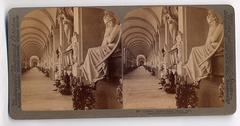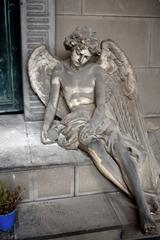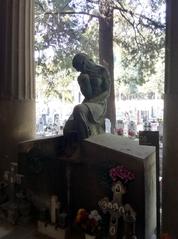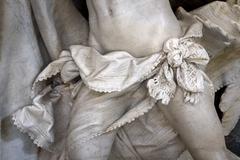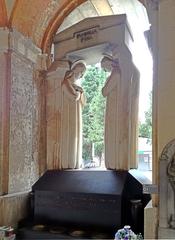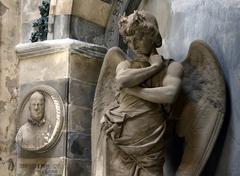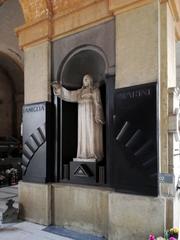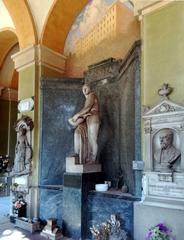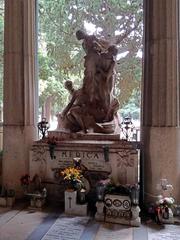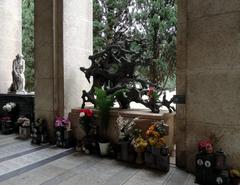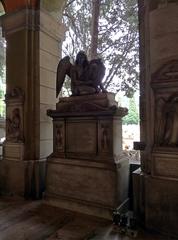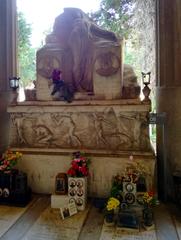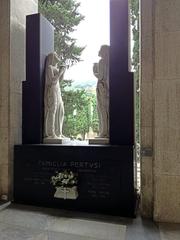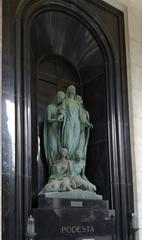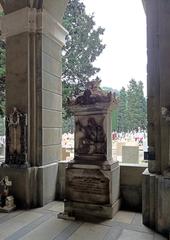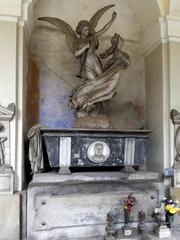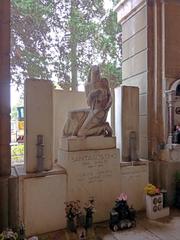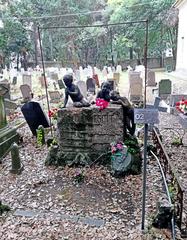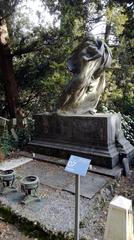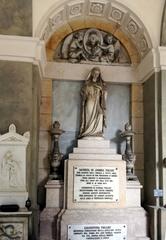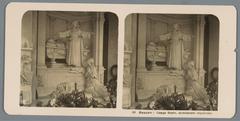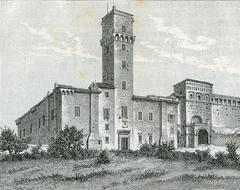Villa Imperiale Visiting Hours, Tickets, and Historical Sites in Genoa, Italy
Date: 23/07/2024
Introduction
Villa Imperiale, located in the picturesque Albaro district of Genoa, Italy, is a quintessential testament to Renaissance architecture and a vital cultural landmark. Constructed in 1502 by the influential Fieschi family, the villa has a history that spans over five centuries, encapsulating the opulence and grandeur of bygone eras. The villa’s design, attributed to the renowned architect Galeazzo Alessi, embodies the classical Roman architectural style favored by the Genoese elite during the Renaissance (Discover the History and Visiting Tips for Villa Imperiale in Genoa). Over the centuries, Villa Imperiale has seen numerous transformations and restorations, including significant enhancements by Andrea Doria, a prominent Genoese admiral, and statesman. Today, it stands as a beacon of Genoa’s rich past, offering visitors a glimpse into its historical and cultural legacy through meticulously preserved interiors, gardens, and period furnishings (Explore Villa Imperiale - Visiting Hours, Tickets, and Historical Significance of Genoa’s Renaissance Gem). This guide aims to provide a comprehensive overview of Villa Imperiale’s history, architectural significance, and practical information for visitors, ensuring a memorable and enriching experience.
Table of Contents
- Introduction
- Origins and Early History
- Architectural Significance
- The Role of Andrea Doria
- The Villa During the 17th and 18th Centuries
- The Napoleonic Era and Beyond
- 19th and 20th Century Restoration Efforts
- Villa Imperiale in the Modern Era
- Cultural and Historical Impact
- Preservation and Conservation Efforts
- Visiting Villa Imperiale
- FAQ
- Conclusion
Origins and Early History
Villa Imperiale was originally constructed in 1502 by the influential Fieschi family. This prominent Genoese family commissioned the villa as a testament to their wealth and status within the Republic of Genoa. The villa’s early history is intertwined with the rise of the Fieschi family, who played a crucial role in the political and social spheres of Genoese life.
Architectural Significance
The design of Villa Imperiale is attributed to the renowned architect and sculptor Galeazzo Alessi. Alessi’s design incorporated elements of classical Roman architecture, a style favored by the Genoese elite during the Renaissance. The villa features a central courtyard, surrounded by elegant loggias and adorned with intricate frescoes and stucco work, showcasing the architectural prowess of its era.
The Role of Andrea Doria
In 1529, Andrea Doria, a prominent Genoese admiral and statesman, acquired Villa Imperiale from the Fieschi family. Doria undertook extensive renovations, transforming the villa into a grand residence. His modifications included luxurious gardens, fountains, and terraces, further enhancing the villa’s aesthetic appeal and functionality.
The Villa During the 17th and 18th Centuries
Throughout the 17th and 18th centuries, Villa Imperiale continued to serve as a residence for Genoese nobility. The villa underwent several changes in ownership, with each new proprietor contributing to its preservation and enhancement. The gardens, in particular, were expanded and redesigned to reflect the evolving tastes of the time.
The Napoleonic Era and Beyond
The Napoleonic era brought significant changes to Genoa and its architectural heritage, including Villa Imperiale. In 1797, the Republic of Genoa was dissolved, and the city became part of the Ligurian Republic under French control. Despite the neglect and damage during this period, the villa survived and was eventually restored in the 19th century.
19th and 20th Century Restoration Efforts
In the 19th century, Villa Imperiale underwent a series of restoration efforts to preserve its historical and architectural significance. Various private owners and public institutions spearheaded these efforts, focusing on repairing structural damage, restoring original frescoes, and revitalizing the gardens.
Villa Imperiale in the Modern Era
Today, Villa Imperiale is a testament to Genoa’s rich history and architectural heritage. Open to the public, it serves as a venue for cultural events, exhibitions, and private functions. Visitors can explore beautifully preserved interiors, original frescoes, stucco work, and period furnishings. The meticulously maintained gardens, with their lawns, fountains, and terraces, offer a serene setting for leisurely strolls and outdoor activities.
Cultural and Historical Impact
Villa Imperiale’s significance extends beyond its architectural beauty. It has played a crucial role in shaping Genoa’s cultural identity, serving as a gathering place for artists, intellectuals, and political figures. This vibrant cultural exchange has enriched the city’s heritage over the centuries.
Preservation and Conservation Efforts
Ongoing efforts to preserve and conserve Villa Imperiale involve collaboration between public and private entities. These efforts ensure that the villa remains a valuable cultural asset for future generations, focusing on regular maintenance, restoration of artistic elements, and protection from environmental and human-induced damage.
Visiting Villa Imperiale
If you’re planning to visit Villa Imperiale, check the official website for the latest information on opening hours, guided tours, and special events. The villa is easily accessible by public transportation, with several nearby attractions, including the historic center of Genoa and picturesque coastal areas.
Practical Information for Visitors
- Visiting Hours: Villa Imperiale is open to the public; however, hours may vary. Check the official website for current visiting hours.
- Tickets: Admission fees may apply. Detailed ticket information is available on the villa’s official website.
- Guided Tours: Guided tours are available and highly recommended to fully appreciate the villa’s history and architecture.
- Special Events: The villa frequently hosts cultural events, exhibitions, and private functions. Check the website for upcoming events.
- Travel Tips: The Albaro district is well-connected by public transportation. Plan your visit to include nearby attractions such as Genoa’s historic center and coastal areas.
- Accessibility: The villa is committed to providing access to all visitors. Specific accessibility information can be found on the official website.
FAQ
- What are the visiting hours for Villa Imperiale? Visiting hours vary, so it’s best to check the official website for the most current information.
- How much do tickets cost? Ticket prices and availability can be found on the villa’s official website.
- Are guided tours available? Yes, guided tours are available and recommended.
- Is Villa Imperiale accessible by public transportation? Yes, the villa is easily accessible by public transportation.
- What special events are held at Villa Imperiale? The villa hosts a variety of cultural events, exhibitions, and private functions. Check the official website for the latest information.
Nearby Attractions
Visitors to Villa Imperiale can also explore other nearby attractions in Genoa, including:
- Palazzo Ducale: A historic palace that now serves as a cultural center, hosting art exhibitions, concerts, and events. More information can be found on their official website.
- Genoa Aquarium: One of the largest aquariums in Europe, featuring a wide variety of marine life. Visit their official website for more details.
- Boccadasse: A picturesque fishing village located near Villa Imperiale, known for its colorful houses and scenic views. More information can be found on the Genoa Tourism website.
Tips for a Memorable Visit
- Plan Ahead: Check the villa’s official website for the latest information on opening hours, admission fees, and special events.
- Book Guided Tours in Advance: To ensure availability, especially during peak tourist seasons.
- Wear Comfortable Shoes: The villa and its gardens require a fair amount of walking, so comfortable footwear is recommended.
- Respect the Property: As a historical site, visitors are expected to respect the villa and its surroundings, avoiding any actions that could damage the property.
- Photography: Photography is allowed in most areas of the villa, but flash photography and tripods are prohibited to protect the artworks.
Conclusion
Villa Imperiale is not just an architectural marvel but a symbol of Genoa’s rich cultural and historical heritage. Its journey from a luxurious residence commissioned by the Fieschi family to a public landmark enriched by various restoration efforts underscores its enduring legacy. Visitors today can immerse themselves in the villa’s opulent past, marvel at its intricate frescoes and stucco work, and enjoy the serene beauty of its Renaissance gardens. The villa’s role as a cultural hub, hosting various events and exhibitions, further enhances its significance in Genoa’s contemporary cultural landscape. By preserving and celebrating this historical gem, Villa Imperiale continues to captivate and inspire, offering a unique window into the opulence and grandeur of Renaissance Genoa (Complete Guide to Visiting Villa Imperiale in Genoa - Hours, Tickets, and Tips). For those planning a visit, this guide provides all the essential information needed to make the most of their experience, ensuring that Villa Imperiale remains a cherished destination for generations to come.
References
- Discover the History and Visiting Tips for Villa Imperiale in Genoa, 2024, Anonymous https://www.visitgenoa.it/en/villa-imperiale
- Explore Villa Imperiale - Visiting Hours, Tickets, and Historical Significance of Genoa’s Renaissance Gem, 2024, Anonymous https://www.villaimperialegenoa.it
- Complete Guide to Visiting Villa Imperiale in Genoa - Hours, Tickets, and Tips, 2024, Anonymous https://www.visitgenoa.it/en/villa-imperiale



